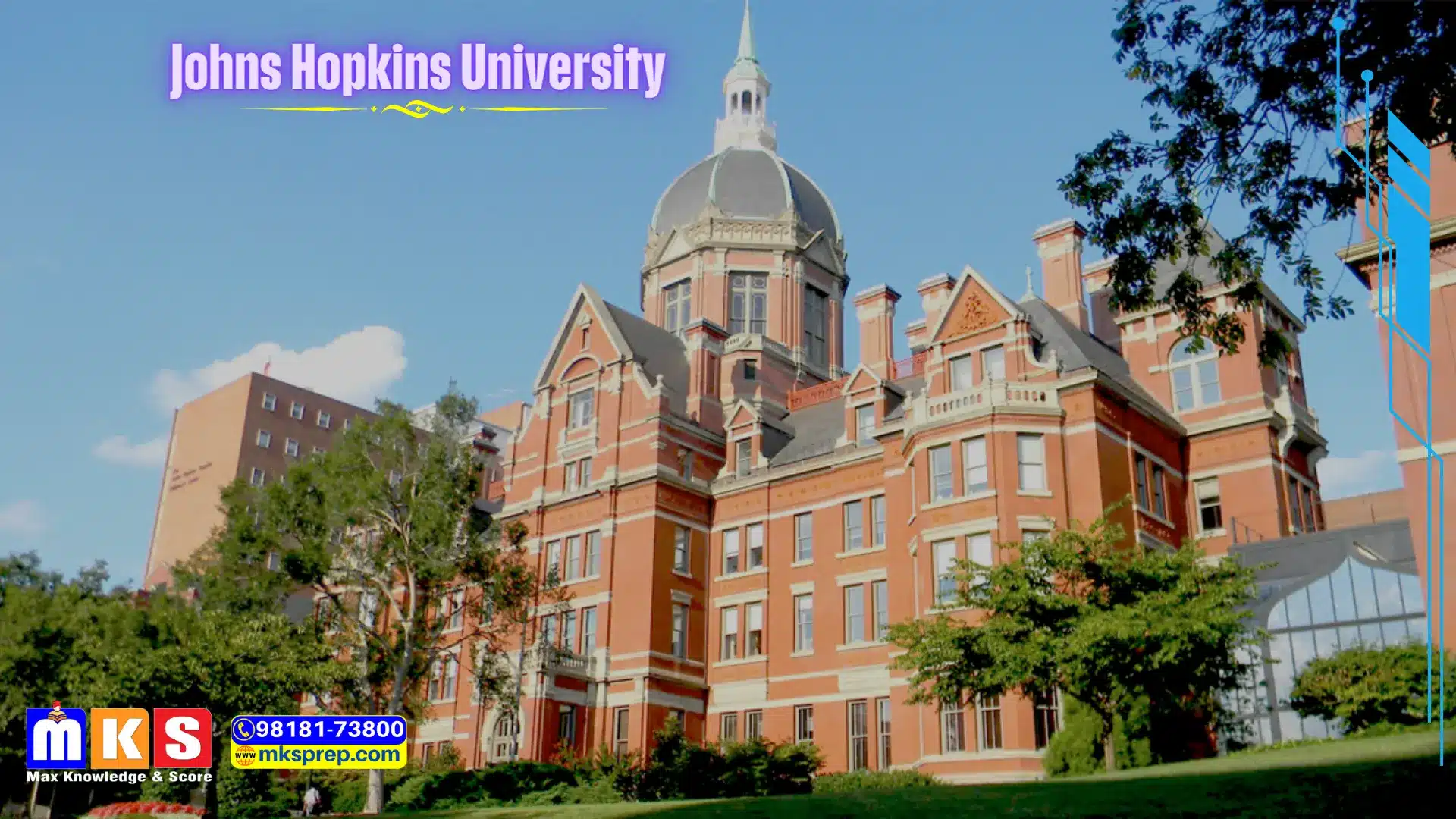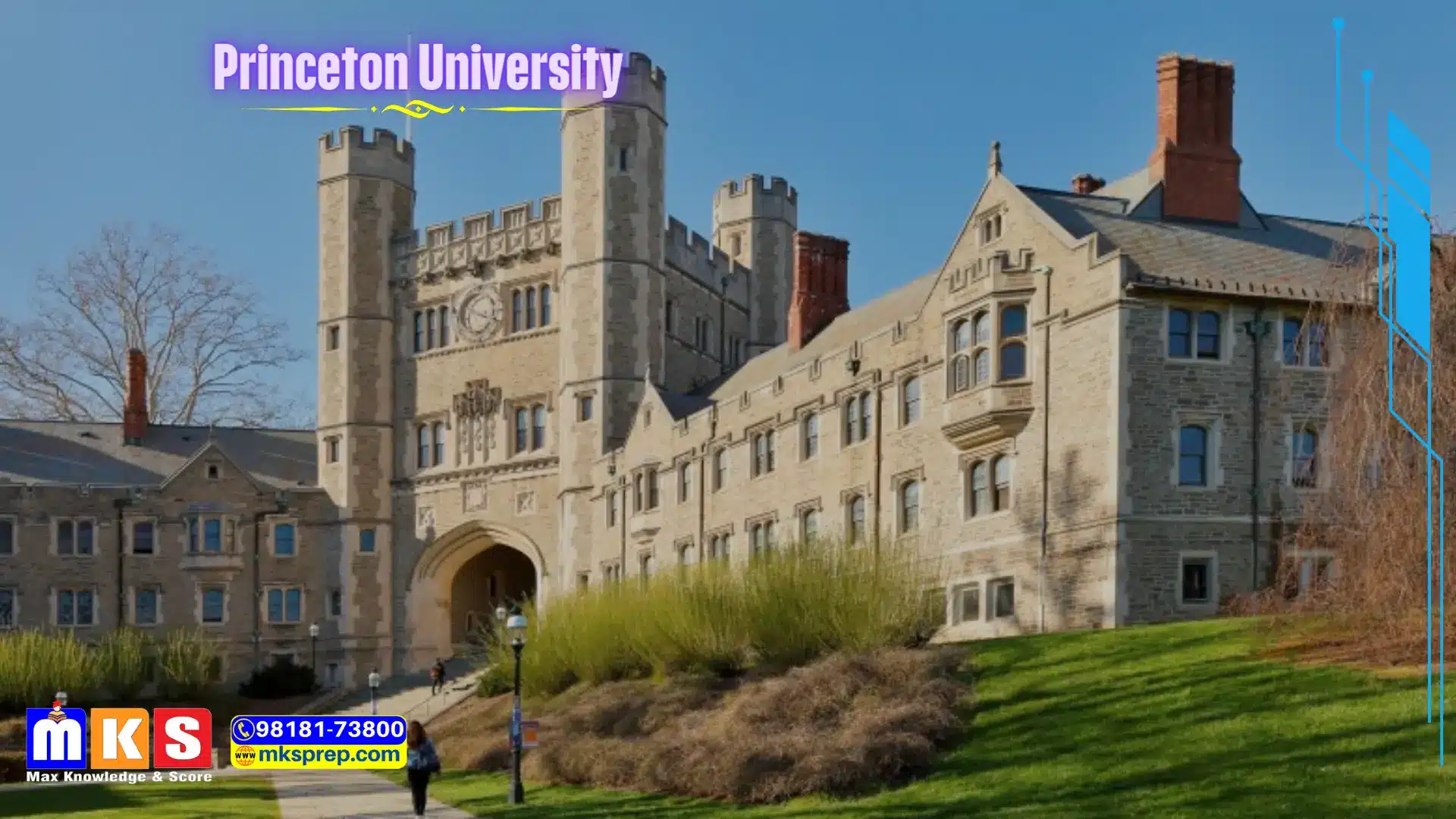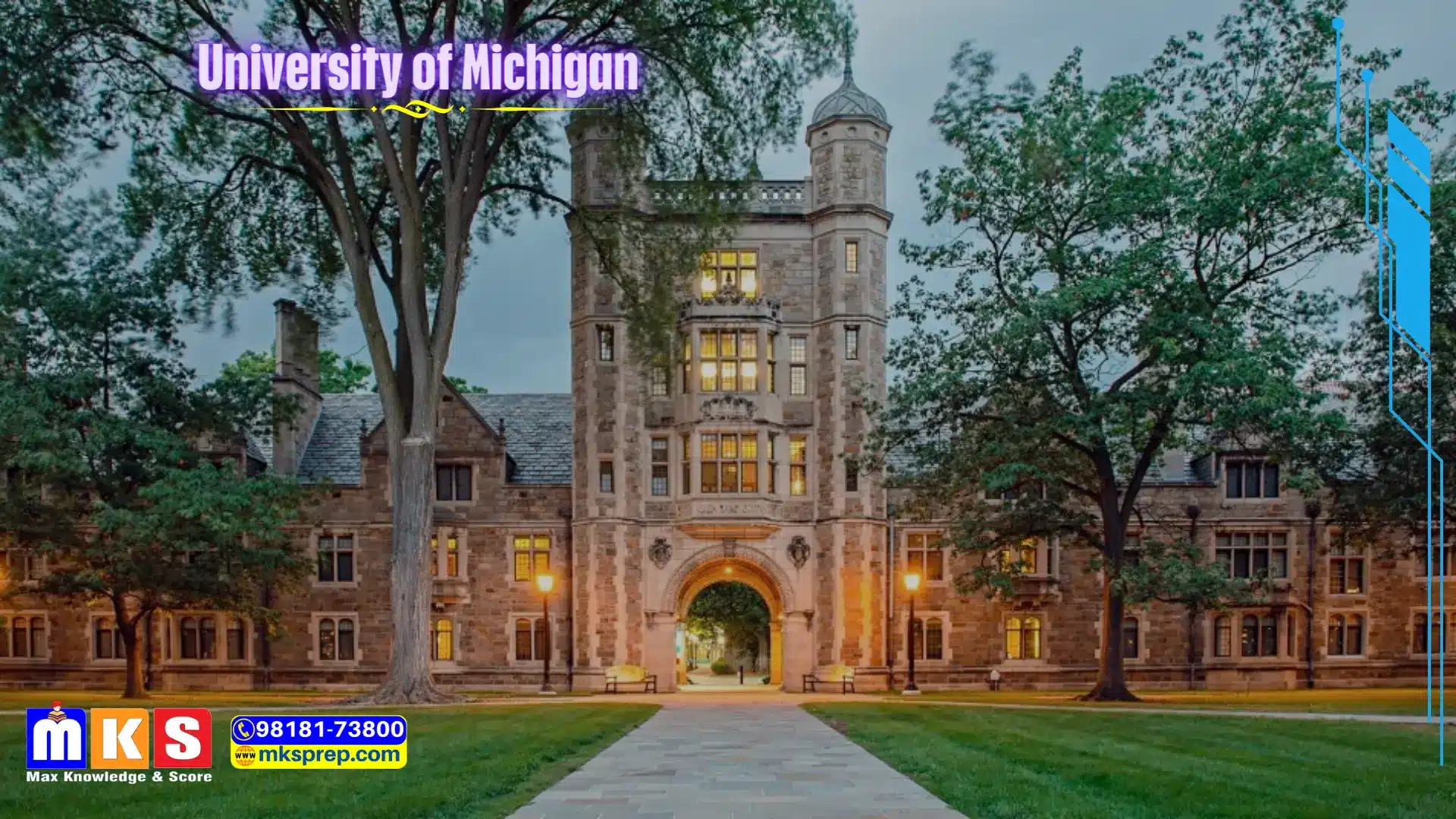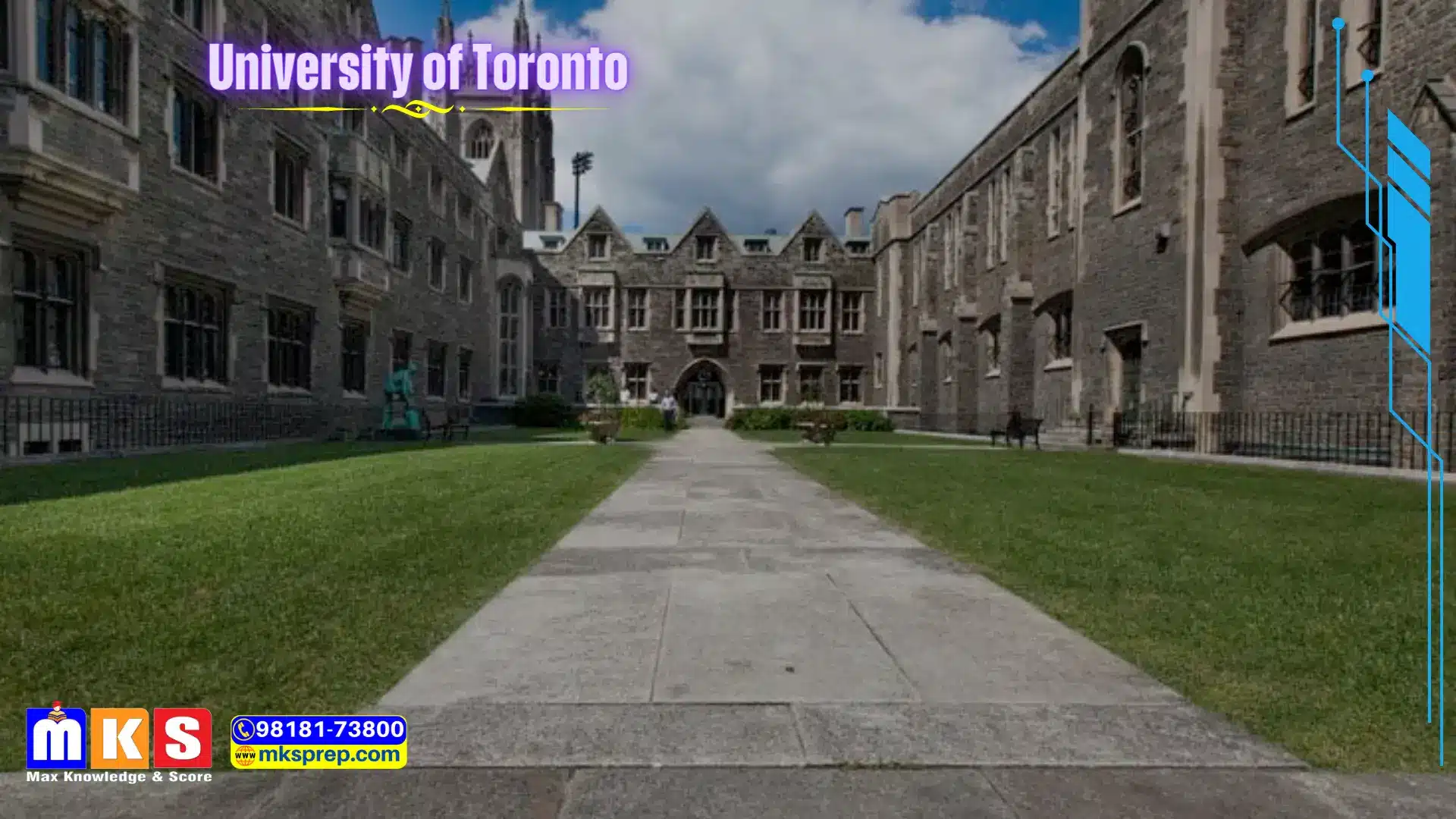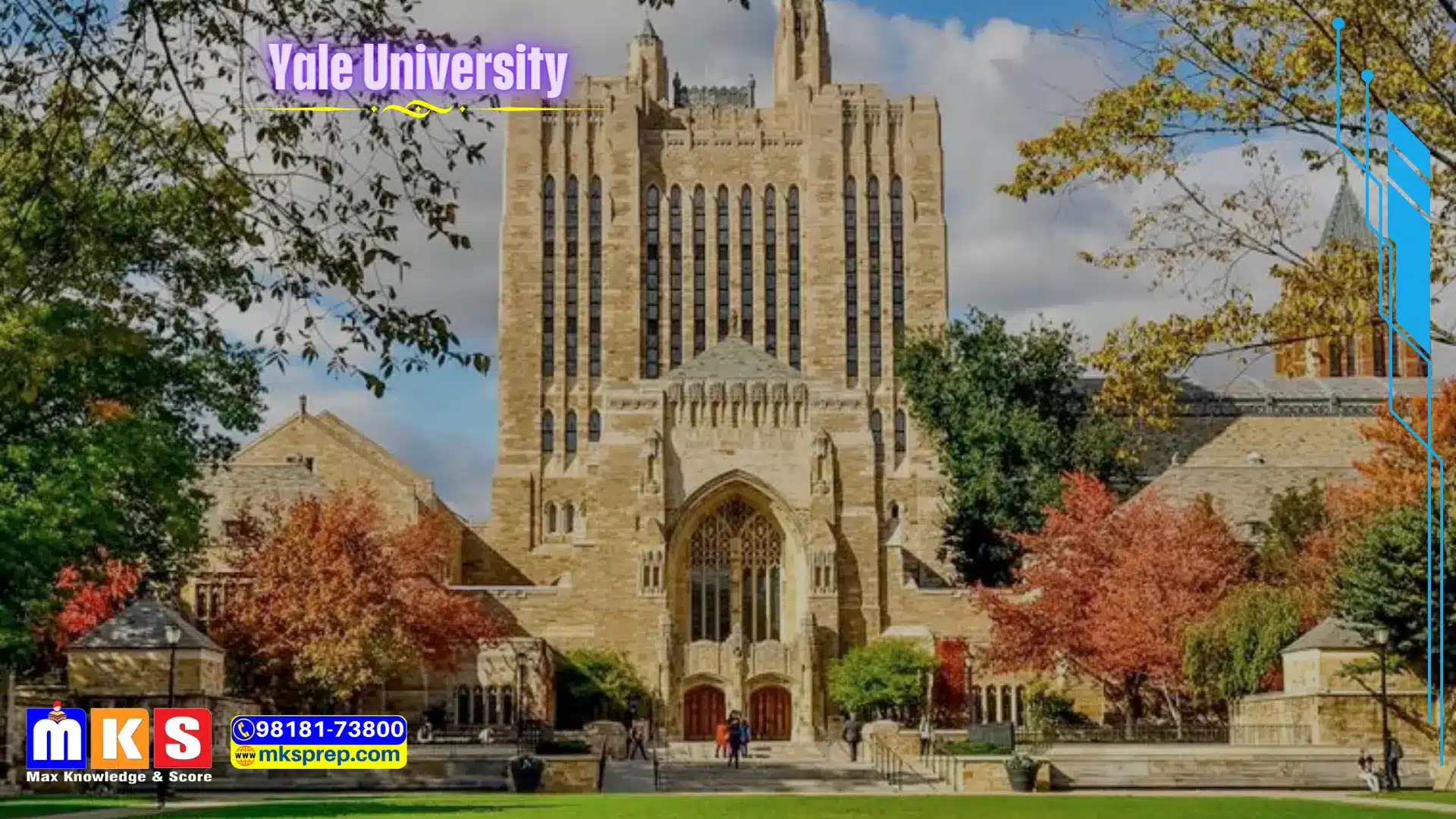
Stanford University
Address
[ratemypost]
If you are interested in studying at this college, please fill out the form. Our counselor will reach out to you soon.
Explore more options
Share on social media.
Stanford University Overview – A Global Hub of Academic Excellence
Introduction:
- Founded in 1885, Stanford University is located in California’s Bay Area, 30 miles south of San Francisco.
- It boasts a prestigious academic reputation and is globally recognized for its graduate-level programs.
Campus and Academic Structure:
- Seven schools constitute Stanford University, with highly-ranked humanities and sciences, earth sciences, and engineering programs.
- Business, law, education, and medical schools exclusively offer graduate-level degrees.
- Operates on a quarter system for the academic calendar with English as the primary language of instruction.
International Presence and Housing:
- Over 8% of the undergraduate student body and around 30% of graduate students are international.
- Housing is guaranteed for four years for undergraduates entering as freshmen, with over 90% living on campus.
- First-year housing is guaranteed for new graduate students, and around 60% choose to live on campus.
Research and Libraries:
- Stanford’s library system supports 20 libraries with over 9.3 million physical volumes.
- Research funding surpasses $1 billion, including federal funds for projects at the SLAC National Accelerator Laboratory, operated by Stanford.
Global Impact and Collaboration:
- Attracts around 3,400 scientists worldwide annually to utilize SLAC’s facilities.
- Publishes over 1,000 scientific papers each year based on research conducted at the lab.
University Data:
- Total Students: 16,164
- International students: 3,883
- Academic staff: 2,264
- International staff: 797
- Undergraduate degrees awarded: 1,771
- Master’s degrees awarded: 2,378
- Doctoral degrees awarded: 1,044
- Research-only staff: 3,398
- New undergraduate students: 1,698
- New master’s students: 1,605
- New postgraduate students: 1,042
Rankings:
- Stanford University is ranked #3 in Best Global Universities.
Subject Rankings:
- #1 in Chemistry
- #2 in Computer Science
- #3 in Physics
- #5 in Immunology
- #8 in Pharmacology and Toxicology
- #12 in Artificial Intelligence
- #15 in Space Science
- #32 in Geosciences
- #68 in Chemical Engineering
Conclusion:
- Stanford University stands as a beacon of academic prowess, globally acknowledged for its outstanding research, diverse student body, and top-tier faculty.
Stanford University – A Beacon of Academic Excellence in Diverse Disciplines
Detailed Subject Rankings:
- Chemistry: Stanford holds the top spot, showcasing its leadership in the field.
- Computer Science: Ranked second globally, reflecting the university’s commitment to cutting-edge technology and innovation.
- Physics: A stellar third position highlights Stanford’s significant contributions to the field of physics.
- Immunology: Stanford secures the fifth spot, showcasing its strength in biomedical sciences.
- Pharmacology and Toxicology: Stanford’s eighth position emphasizes its drug development and safety expertise.
- Artificial Intelligence: Ranked twelfth globally, Stanford is an AI research and development powerhouse.
- Space Science: A notable fifteenth position signifies Stanford’s contributions to understanding the universe beyond our planet.
- Geosciences: Stanford holds the thirty-second position, demonstrating its commitment to environmental studies and geological research.
- Chemical Engineering: Even in engineering disciplines, Stanford is ranked sixty-eighth, showcasing a multidisciplinary approach.
Global Impact and Collaborations:
- Diverse Scientific Community: The annual influx of 3,400 scientists worldwide reflects Stanford’s global influence and collaboration.
- Scientific Publications: With over 1,000 scientific papers published annually based on SLAC research, Stanford contributes significantly to global scientific knowledge.
Conclusion and Future Outlook:
- Stanford University’s consistently high rankings across various disciplines underscore its commitment to academic excellence.
- The diverse international student and staff population contributes to a vibrant and collaborative learning environment.
- As a pioneer in research funding and global scientific collaborations, Stanford is poised to continue making groundbreaking contributions to various fields.
- Whether in physical sciences, technology, or social sciences, Stanford University remains a pinnacle of academic achievement and a hub for those seeking to push the boundaries of knowledge.




























